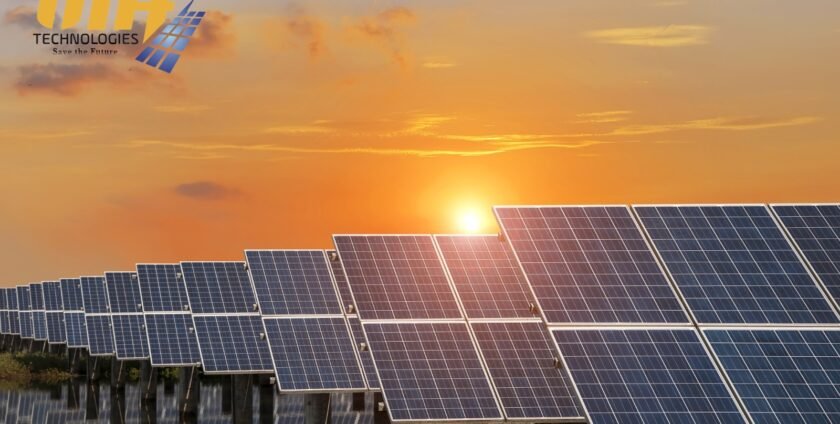
Hydropower vs. Thermal Power – The Future of Energy in Pakistan
Understanding Thermal Power
Thermal power plants generate electricity by burning fossil fuels such as coal, oil, or natural gas. For many years, Pakistan has relied heavily on thermal power to meet its growing energy demand. These plants are quick to install and can produce electricity continuously as long as fuel is available.
However, thermal power comes with major challenges. Since Pakistan imports a large amount of fuel, electricity costs remain high and often fluctuate with international market prices. In addition, burning fossil fuels releases harmful gases that cause air pollution, climate change, and serious health problems.
Advantages of Thermal Power
-
Can be set up anywhere with fuel access
-
Provides consistent power supply
-
Quicker installation compared to hydropower
Disadvantages of Thermal Power
-
Very expensive due to fuel imports
-
Produces high levels of carbon emissions
-
Contributes to climate change and air pollution
-
Electricity prices depend on global fuel markets
Understanding Hydropower
Hydropower produces electricity from the natural flow of rivers and dams. Pakistan, blessed with the Indus River system, has enormous potential to generate affordable and clean electricity through hydropower. Unlike thermal power, it does not require imported fuel, making it both cost-effective and sustainable in the long run.
Once built, hydropower plants provide electricity for decades with very low maintenance costs. They also support water storage, irrigation, and flood control, which are important for Pakistan’s agriculture-based economy.
Advantages of Hydropower
-
Clean and renewable energy with zero fuel costs
-
Low-cost electricity after initial setup
-
Reduces dependency on imported fuels
-
Long lifespan with minimal operating costs
-
Additional benefits like irrigation and flood control
Disadvantages of Hydropower
-
Requires high investment and large infrastructure
-
Long construction time
-
Can affect river ecosystems
-
Power generation depends on seasonal water flow
Hydropower vs. Thermal Power – A Comparison
| Feature | Hydropower | Thermal Power |
|---|---|---|
| Cost Efficiency | Low-cost in the long run | High due to fuel imports |
| Environmental Impact | Clean and eco-friendly | Polluting, high emissions |
| Energy Security | Uses local water resources | Relies on imported fuels |
| Sustainability | Renewable and long-lasting | Unsustainable and depleting |
| Reliability | Seasonal water dependency | Continuous if fuel available |
The Best Choice for Pakistan
Thermal power provides short-term stability, but it is expensive, polluting, and unsustainable. Hydropower, on the other hand, is clean, affordable, and long-lasting. By investing in dams and modern water management systems, Pakistan can reduce electricity costs, create jobs, and achieve energy independence.
Pakistan’s future lies in renewable energy. A shift towards hydropower will not only reduce reliance on costly fuel imports but also improve the environment and strengthen the economy.
IMH Technologies’ Vision
At IMH Technologies, our mission is to promote renewable energy solutions such as solar, wind, and hydropower. We believe that clean energy is the key to a sustainable and self-reliant Pakistan. By moving away from fossil fuels and focusing on renewable sources, we can lower electricity bills, reduce pollution, and secure a greener future for generations to come.
The path forward is clear. The future of Pakistan’s energy lies in Hydropower, Solar, and Wind — clean, reliable, and affordable solutions for a better tomorrow.
- By: IMH Technologies
- Tags: # Advantages of Thermal Power:, # lower costs, #Clean & Renewable Energy, #Disadvantages of Thermal Power:, #Energy Independence for Homes, #Hydropower vs. Thermal Power: Which is Better for Pakistan?, #Long-Term Savings, #solar energy, #system for your home in Pakistan, #What is Hydropower?, #What is Thermal Power?, #Why Every Home in Pakistan Needs a Solar System in 2025, #Why Solar Packages Are Worth It, and proven benefits, government support
- 0 comment

Leave a Reply